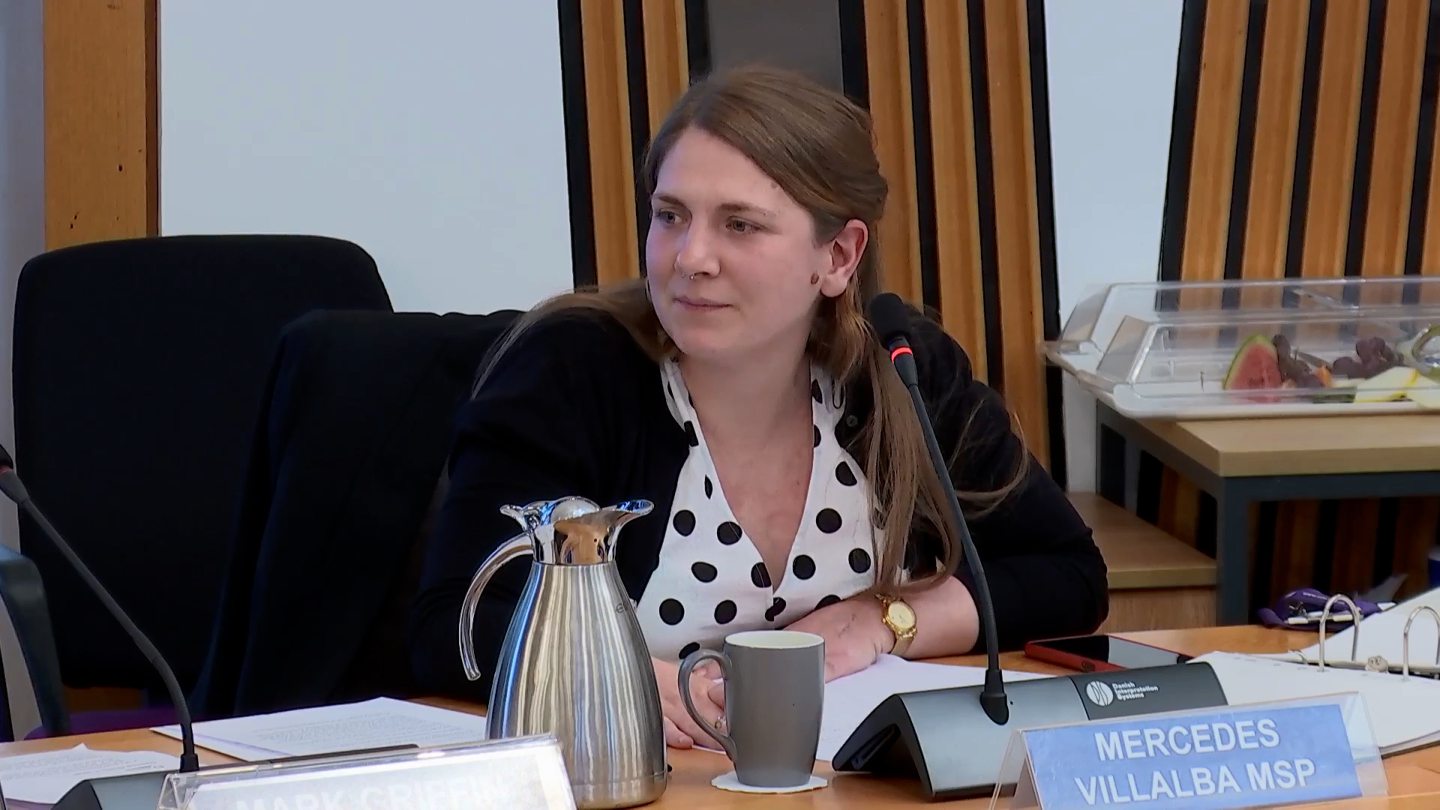Sunday morning and, truly, “earth stood hard as iron, water like a stone”.
Plans for community volunteers to plant over 400 saplings on a hill at the edge of Inverness, postponed. This Sunday, another attempt will be made to get the infant hazel, crab apple, elder, dog rose, rowan and blackthorn into the ground.
Tree planting is not how this columnist normally spends the first day of the week. But, having spent every student holiday felling timber in forests from Glenbranter on the Cowal peninsula, to Glen Hurich near Loch Shiel – have chainsaw, will travel – maybe it’s time to plant.
The saplings arrived free of charge from the Woodland Trust in a pack called “Wild Harvest”. It is all part of the trust’s Free Trees for Schools and Communities initiative. It explains: “We want to make sure everybody in the UK has the chance to plant a tree… Together, we’ll get millions more trees in the ground.”
A laudable environmental mission. Surely Saint Teilo is looking down with approval. The sixth century Welsh monk and bishop, is apparently the patron saint of trees, particularly fruit trees. He also has responsibility for horses in his heavenly advocacy, so a fairly mixed portfolio.
The hill on which our trees are to be planted is not owned by the community, but by a large house-building firm. Volunteers look after about 100 acres of the wooded hill with its network of paths, because it is seen as a valuable local asset. Community ownership would appear a good bit over the horizon yet.
There are, however, good examples nearby. A few miles away, in the hills high above Loch Ness, sits Abriachan. In 1998, the community purchased almost 1,400 acres of forest and open hill ground from the Forestry Commission.
In the quarter century since, the 130 residents have been busy. They have created local employment, spectacular series of paths, bike trails, built huts and established a forest school. Pupils from local schools come and learn in the woodland. So do young people who have just left education without a plan. But such success stories are too few, and getting fewer.
Just 1% of forest and woodland is community-owned
A report recently published by the Forest Policy Group think tank found that the ownership of Scotland’s forests has become more concentrated in the last 10 years. It is increasingly dominated by estates and investors, many absentees who live furth of Scotland.
In December 2020, the Scottish Government published figures which showed that 38.4% of Scotland’s forests and woodland was owned by Scottish ministers. But over 50% was owned privately by estates and commercial businesses or syndicates. Only 1% was community-owned, despite Scotland’s land reform measures.
The next land reform bill was due to be published before the end of the year. Its provisions for a public interest test (PIT) on sales of large landholdings have been the subject of debate.
The original proposal was that PIT would only be triggered at 3,000 hectares (7,410 acres). Mercedes Villalba, Labour MSP for the North East, has been getting impressive public support for reducing the PIT trigger to 500 hectares (1,235 acres). If ministers stick to the higher threshold, they are clearly content that the rich can buy any amount of Scottish land without regulation, often in secrecy.
That fewer are owning more land is highlighted by the Forest Policy Group report. It is written by Jon Hollingdale, former head of the Community Woodland Association, and former MSP Andy Wightman. The latter’s website, Who Owns Scotland, is a vital monitoring resource, covering almost 70% of rural Scotland. His book, The Poor Had No Lawyers: Who Owns Scotland (And How They Got it), is simply peerless on the subject.
This week, Wightman published on his blog, Land Matters, his proposals for a Land for the People (Scotland) Bill. It aims “to democratise land governance”, strengthening the role of local communities and local government, increasing accountability, and more besides. It should be read.
Will new Scottish Land Commission chair drive meaningful legislation?
Meanwhile, another who has long been warning about the concentration of land ownership, with or without trees, is Andrew Thin. Chair of the Scottish Land Commission since 2016, he will retire in March.
The prominent SNP politician Michael Russell appears earmarked as his successor, although not announced formally and still subject to parliamentary approval. He reportedly stood down as the party’s president last week for that reason. A polished communicator as MSP and senior government minister, he certainly knows how Scotland works.
Concerns, however, have been raised about the governing party simply installing one of its own to lead the body advising ministers on land reform. But there have been suggestions that the civil servants and lawyers preparing the bill have been overcautious. Mike Russell’s appointment to the land commission, some hope, is to help drive meaningful legislation.
But, for now, it is back to the saplings.
David Ross is a veteran Highland journalist, author and a supporter of Community Land Scotland



Conversation